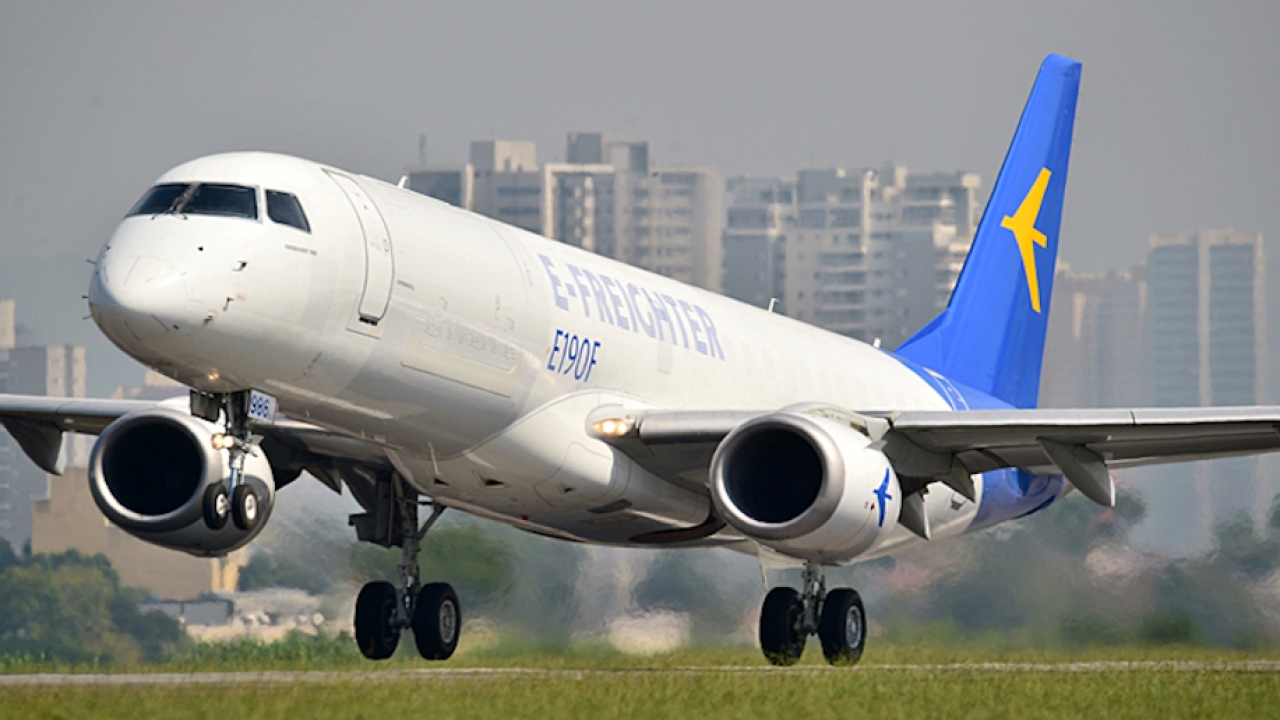FAA approve resumption of 737 MAX operations

FAA approve resumption of 737 MAX operations. Image: The Boeing Company
This means the move will allow airlines that are under the FAA's jurisdiction, including those in the U.S., to take the steps necessary to resume service and Boeing to begin making deliveries.
An Airworthiness Directive issued by the FAA spells out the requirements that must be met before U.S. carriers can resume service, including installing software enhancements, completing wire separation modifications, conducting pilot training and accomplishing thorough de-preservation activities that will ensure the aircraft are ready for service.
"The FAA's directive is an important milestone," said Stan Deal, president and chief executive officer of Boeing Commercial Airplanes. "We will continue to work with regulators around the world and our customers to return the aircraft back into service worldwide."
The news will not convince relatives of people who died in the crashes of the safety of the Max, with many believing Boeing of hiding critical design features from the FAA and say the company tried to fix the tendency for the plane’s nose to tip up with software that was implicated in both crashes.
“The flying public should avoid the Max,” said Michael Stumo, whose 24-year-old daughter died in the second crash. “Change your flight. This is still a more dangerous aircraft than other modern planes.”
However, Boeing said that throughout the past 20 months, the company has worked closely with airlines, providing them with detailed recommendations regarding long-term storage and ensuring their input was part of the effort to safely return the aircraft to service.
"We will never forget the lives lost in the two tragic accidents that led to the decision to suspend operations," said David Calhoun, chief executive officer of The Boeing Company. "These events and the lessons we have learned as a result have reshaped our company and further focused our attention on our core values of safety, quality and integrity."
In addition to changes made to the aircraft and pilot training, Boeing said it has taken three important steps to strengthen its focus on safety and quality.
Organisational Alignment: More than 50,000 engineers have been brought together in a single organization that includes a new Product & Services Safety unit, unifying safety responsibilities across the company.
Cultural Focus: Engineers have been further empowered to improve safety and quality. The company is identifying, diagnosing and resolving issues with a higher level of transparency and immediacy.
Process Enhancements: By adopting next-generation design processes, the company is enabling greater levels of first-time quality.
Stay up to date
Subscribe to the free Times Aerospace newsletter and receive the latest content every week. We'll never share your email address.

